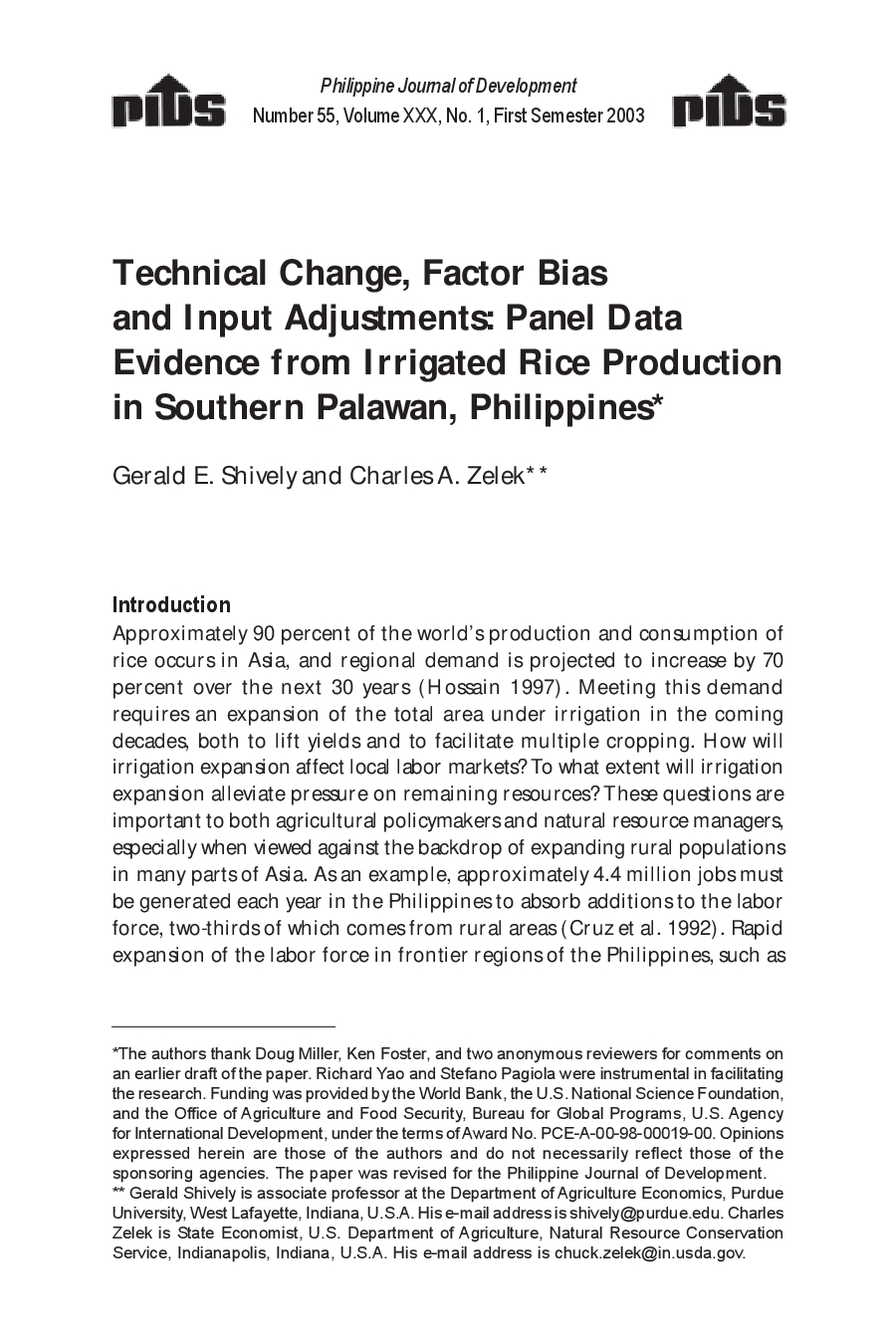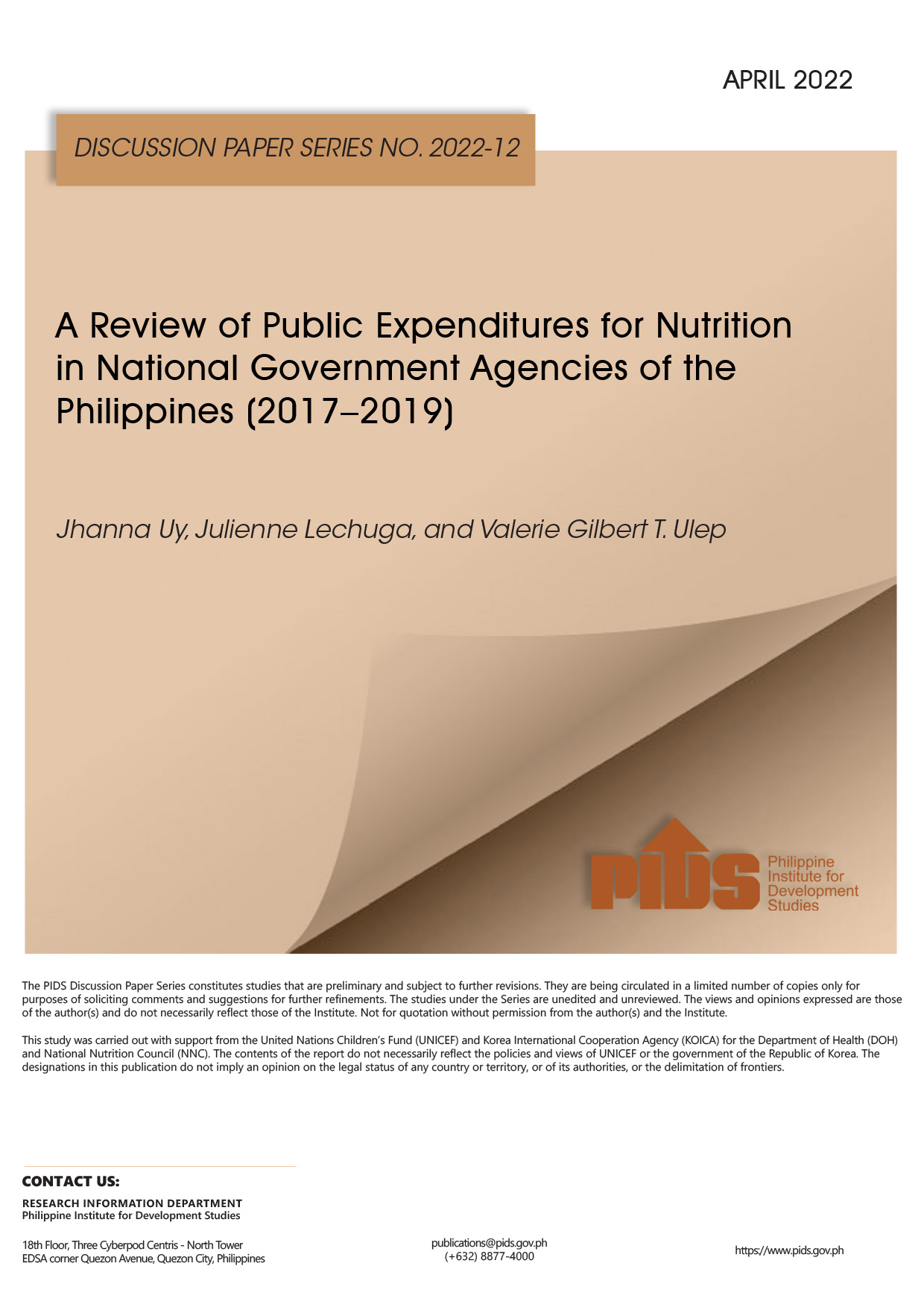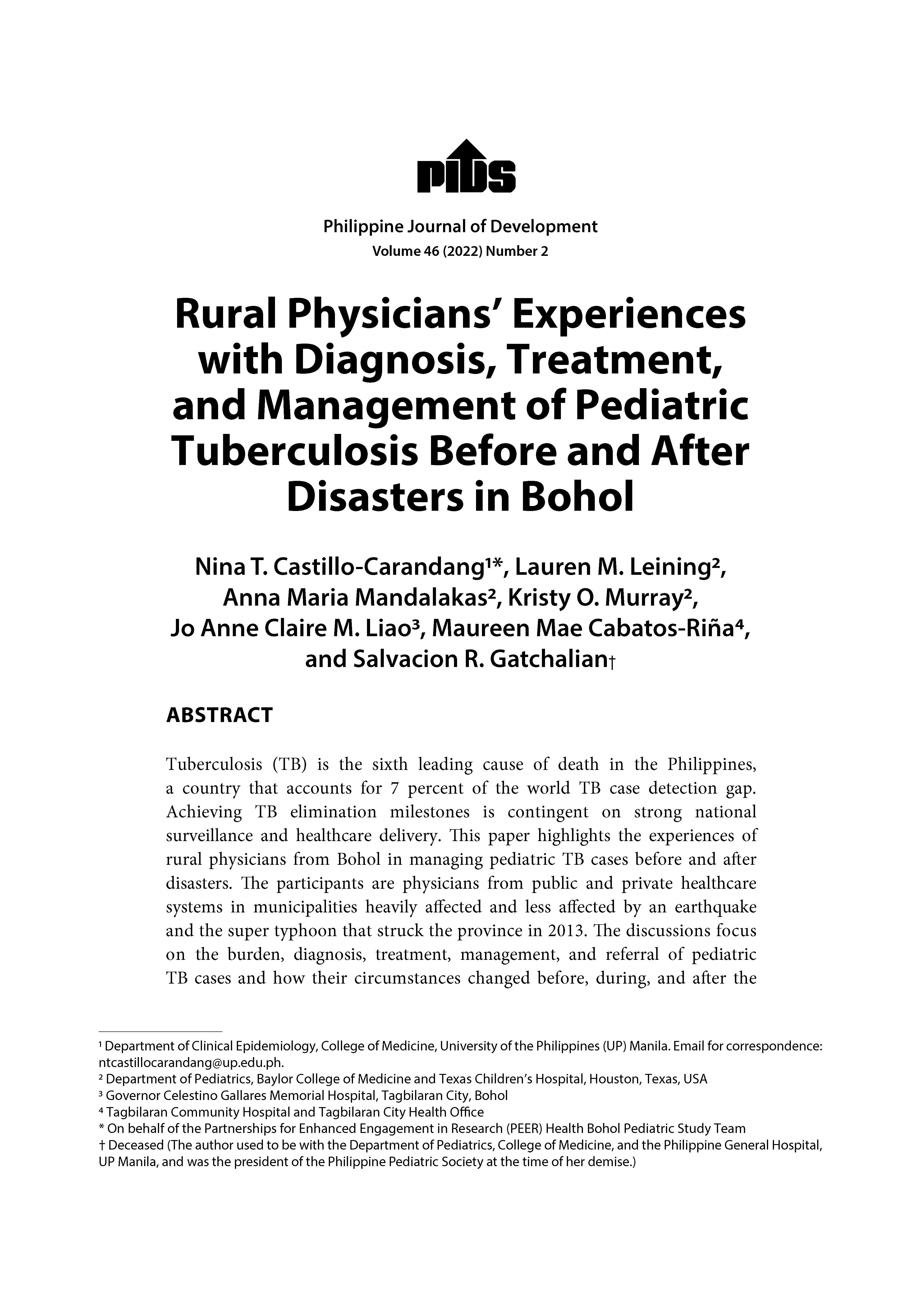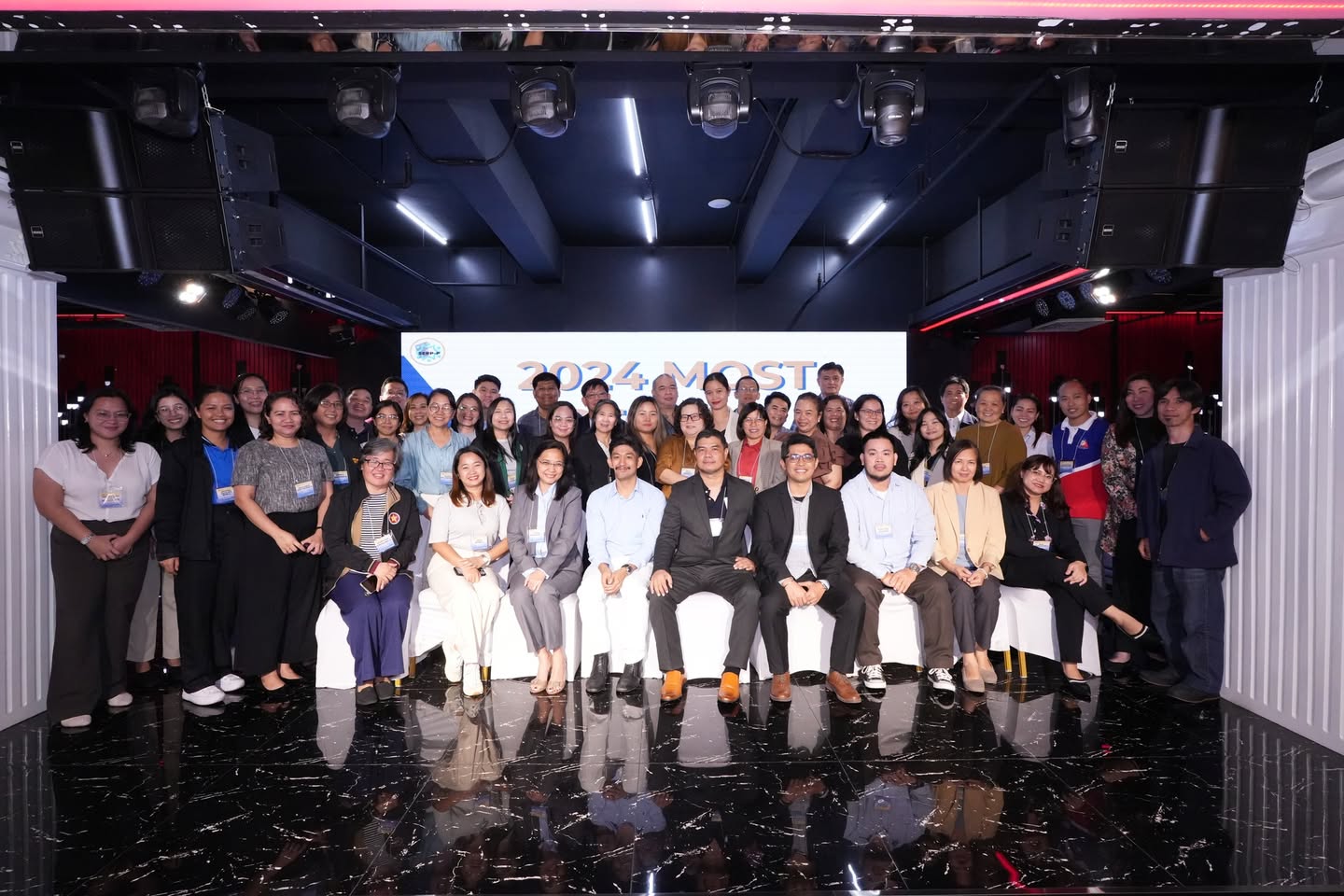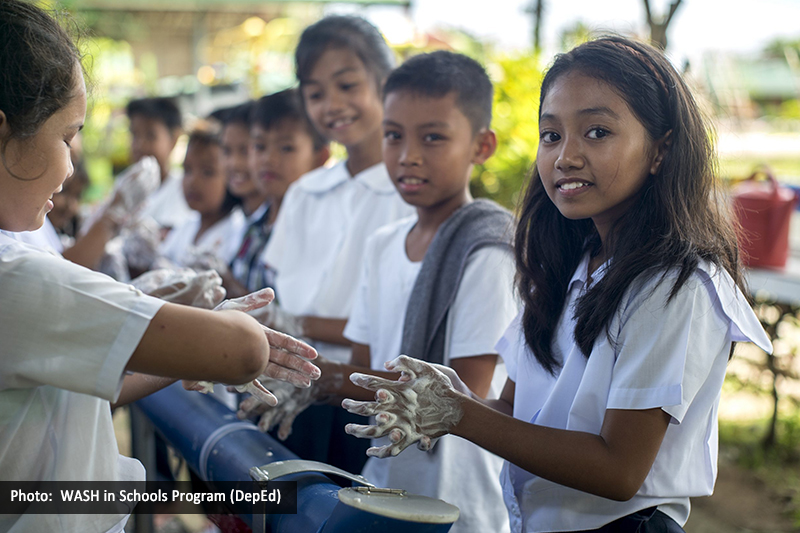Approximately 90 percent of the world's production and consumption of rice occurs in Asia, and regional demand is projected to increase by 70 percent over the next 30 years. Meeting this demand requires an expansion of the total area under irrigation in the coming decades. In this article, the authors observe the factors of labor, fertilizer and pesticides in relation to a profit-maximizing combination of inputs for rice production, the reaction of these factors to technological improvements such as irrigation and machinery, and their implications on the environment, particularly upland forest resources.

